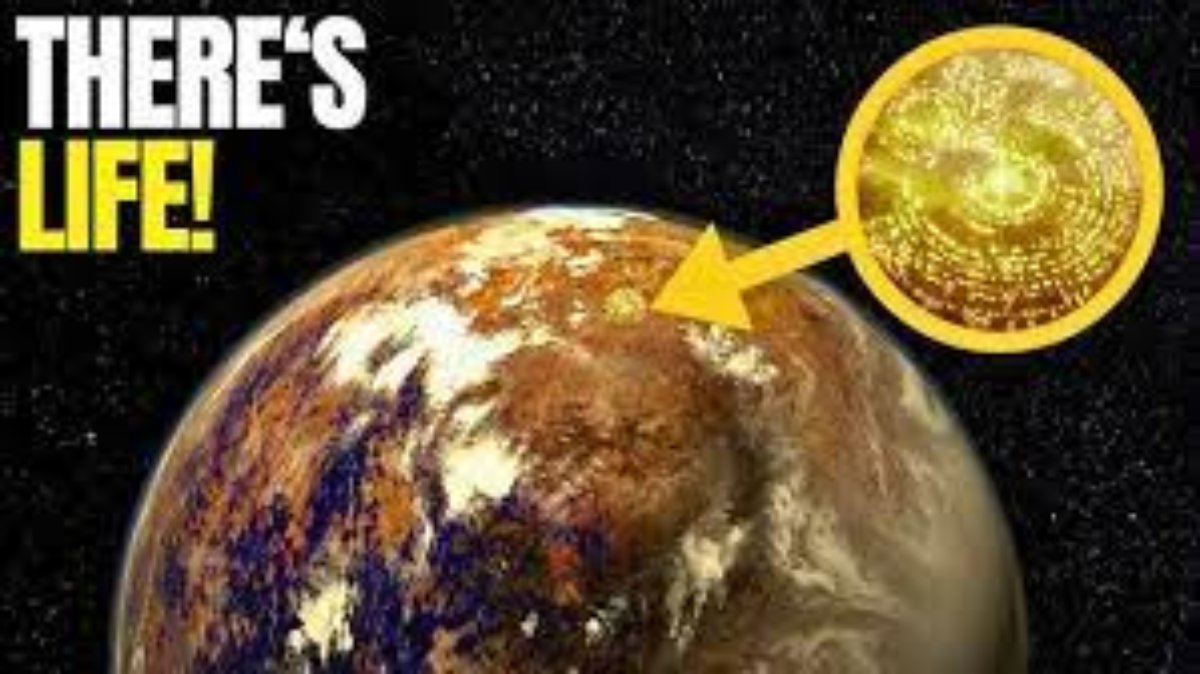NASA’s James Webb Space Telescope (JWST) has been surveying distant star systems for planets and atmospheres.
Recently, JWST detected a planet-like object around a distant star that’s unusually bright in infrared.
Its temperature and reflectivity are higher than typical for a cold gas giant, sparking curiosity.
James Webb Space Telescope JUST Unveiled The Clearest IMAGE Of Proxima B Seen In History! – YouTube
3 MINUTES AGO: Webb Telescope Just Discovered A Habitable Green Planet – Web Education
James Webb Telescope Discovers a Planet Even More Suitable for Life than Earth! – YouTube
James Webb Discovered a Planet With 99.7% Chance of Life! – YouTube
James Webb Telescope Detected A Horrifying Structure on THIS Exoplanet! – YouTube
🌌 James Webb Telescope Just Found a “New Planet” — And Its Lights Were On?
- The Discovery
NASA’s James Webb Space Telescope (JWST) has been surveying distant star systems for planets and atmospheres.
Recently, JWST detected a planet-like object around a distant star that’s unusually bright in infrared.
Its temperature and reflectivity are higher than typical for a cold gas giant, sparking curiosity.
- Why People Say “The Lights Were On”
JWST picks up infrared emissions, which some media outlets sensationalized as “lights.”
In reality, this likely comes from reflected starlight, heat from the planet itself, or auroras caused by its magnetic field interacting with stellar wind.
There is no evidence of artificial structures — it’s just unusually bright.
- Why It’s Exciting
JWST allows us to study exoplanet atmospheres in detail, detecting water vapor, clouds, and chemical compositions.
Bright planets like this one are perfect candidates for future observations to understand atmospheric dynamics, weather patterns, and magnetic activity.
